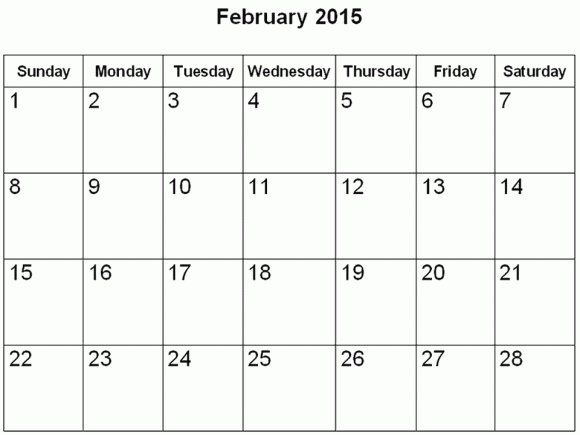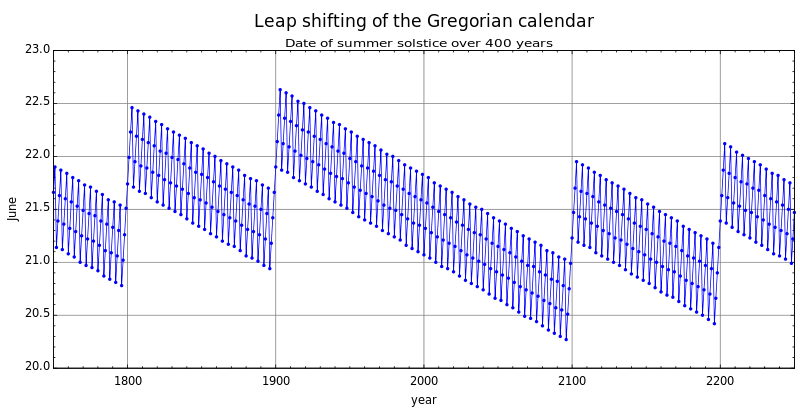The LeapYear Phenomenon
Post on: 16 Март, 2015 No Comment

Every four years, something unique occurs. People around the world are treated to one extra day — February 29 — to spend as they please. Unfortunately, most people are working, so it simply means that employers who pay fixed salaries get an extra day of work from their employees for free. But a look back into the history of the United States market shows that leap years are very different from years with only 365 days in them; and it has nothing whatsoever to do with the free work day.
How much better is the fourth year of the cycle than the other three? Figure 1 shows a composite chart of 20 presidential cycles from 1888-2000 with a gray vertical line dividing the four-year cycle in half. Figure 2 shows the average annualized monthly returns in all years for the S&P 500 from 1926 through 2000. The average of all months combined is 12.88%, and the best month was July with an average return of 24.5%. Historically, Septembers have been losers, with an average monthly drop of nearly 11%.
In Figure 3, we see the average election year annualized monthly returns in the S&P 500 for 19 election years, from 1928 through 2000. The average leap year (election year) witnessed losses of 17% early in the year (in April and May) instead of in September. The average August returned 57% — more than double the August average for all years — and the average election year monthly return was 16.2%, compared to 12.88% for all years.
Before developing a strategy based on this phenomenon, it is important to understand why an average election year is different from a non-election year. Here is how the authors of the Stock Traders’ Almanac explain the subtle causes of the phenomenon in How the Government Manipulates the Economy to Stay in Power (an article with a not-so-subtle title):
The ‘making of presidents’ is accomplished through an unsubtle manipulation of the economy. Stimulative fiscal measures designed to increase per capita disposable income, providing a sense of well-being to the voting public [which includes] increases in the federal budget deficits; government spending and social security benefits; interest rate reductions on government loans [which affects overall interest rates]; and speed-ups of projected funding.
Many methods are used to enhance the public’s sense of well-being, but all aim for the same result: pump the economy full of money. Not mentioned above, but also very common, is the Federal Reserve ‘s propensity for kicking the mint’s money-printing machines into overdrive.
But all the favored techniques have a price. The Stock Traders’ Almanac calls it the post-Presidential Election Syndrome , a condition in which the U.S. economy suffers from a collective fiscal hangover. Most of the worst recessions and depressions occur the year following an election.
In other words, this is the year in which the piper must be paid. Interest rates jump in an effort to tame inflation. the inevitable by-product of unrestrained spending. Generally, economic growth is stagnant at best, and at worst it goes into contraction. Since it leads the economy, the stock market is the first to contract.
So, how does one take this information and benefit from it? Here’s what currency mogul George Soros says:
Economic history is a never-ending series of episodes based on falsehoods and lies, not truths. It represents the path to big money. The object is to recognize the trend whose premise is false, ride that trend and step off before it is discredited.

Sounds cynical, but having this objective has made him billions. What Soros is saying is that when the economy takes off, when the surge appears to have no economic cause other than the government’s action of pumping money out like it’s going out of style, get on the elevator and step off when the ride starts to slow down! Don’t ask why or how; simply recognize that a move is underway and play it. When the presidential cycle hits the end of year four, get ready to run for the exits. Better too early than too late.
Put another way: if you can’t beat the markets, why not join ‘em? Just be sure you know when you’ve overstayed your welcome.
The Bottom Line
It is important to remember that the numbers presented here are statistical averages: there is a statistical probability favoring market participation in the latter part of the cycle, but each year is unique.
You should examine other factors before throwing your hard-earned money into the ring, but based on the averages, the best three months of the four-year presidential cycle are June, July and August of an election year. Knowing this fact alone will give you an advantage over the competition.














